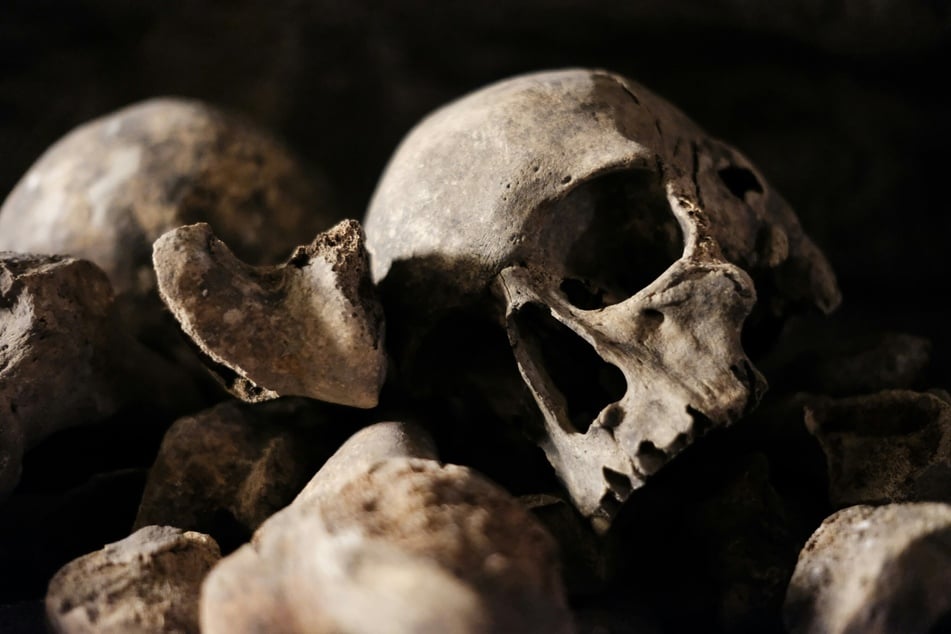UK bone pit reveals shocking bronze age massacre, cannibalism
Somerset, UK - Archaeologists studying a collection of human bones discovered during the 1970s have revealed evidence of cannibalism, and labeled it the bloodiest known massacre in bronze age Britain.

Originally exhumed in the 1970s, the bones revealed the bodies of about 37 people, all killed sometime between 2200 BC and 2000 BC.
Thrown into a deep natural shaft, archaeologists have revealed that the bodies provide evidence of bronze age cannibalism in Britain, each of them having suffered violent deaths.
Having been killed by blows to the skull, some of the bodies were dismembered and butchered.
Evidence was discovered that bone marrow had been extracted from leg and arm bones. The hand and feet bones had been chewed on by human molars.
On top of that, the state of the 37 bodies found in the Somerset Pit, and the fact that they had suffered violent deaths, makes it the biggest known massacre in British prehistory.
"For the early bronze age in Britain, we have very little evidence for violence," Rick Schulting, lead author of the study and a professor at Oxford University, told The Guardian.
"Our understanding of the period is mostly focused on trade and exchange: How people made pottery, how they farmed, how they buried their dead," Schulting said.
"There have been no real discussions of warfare or large-scale violence in that period, purely through lack of evidence."
The bones were discovered at the bottom of a 50-foot shaft at Charterhouse Warren, near the village of Cheddar in Somerset. They reveal a brutal event which involved a level of cannibalism which was not usual for the time.
"If this was any in any way 'normal', you would expect to find some evidence for this in other sites," Schulting said. "We have hundreds of skeletons from this period, and you just don’t see things like this."
Cover photo: Unsplash/Chelms Varthoumlien
